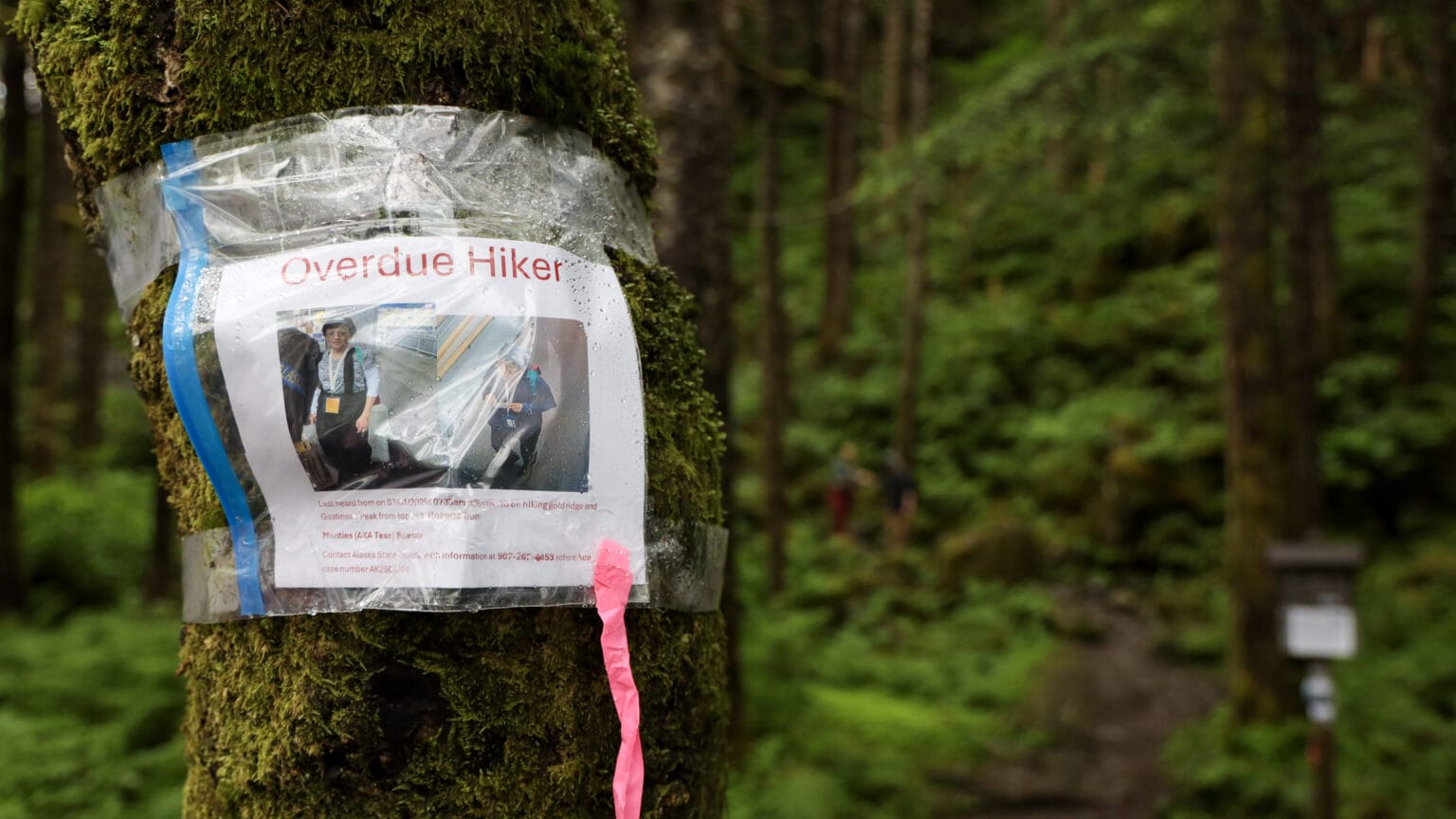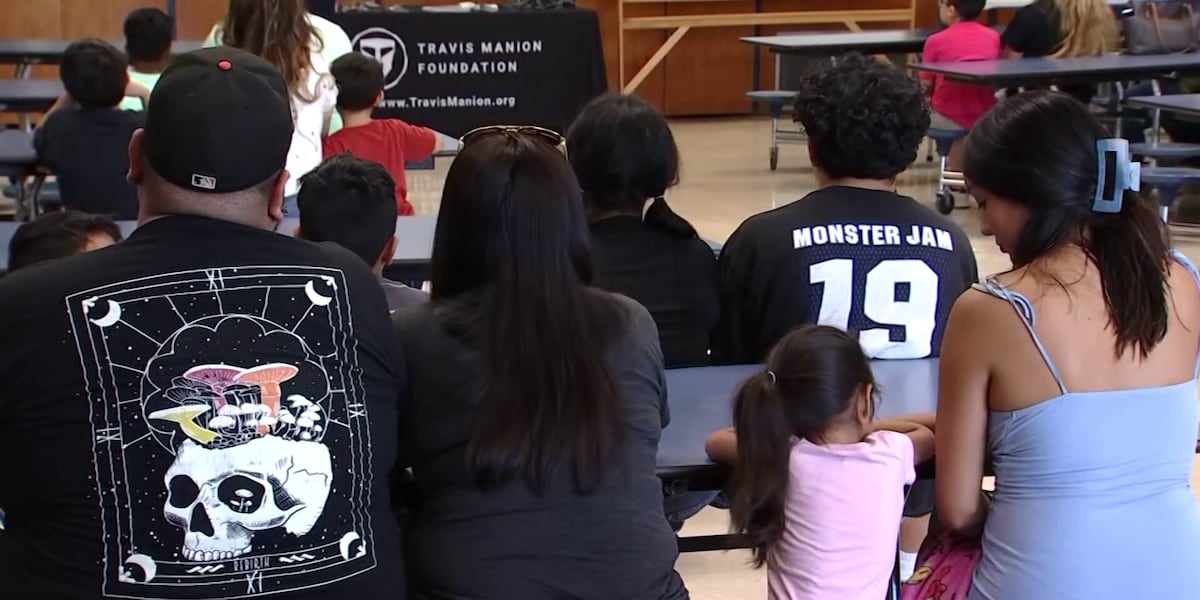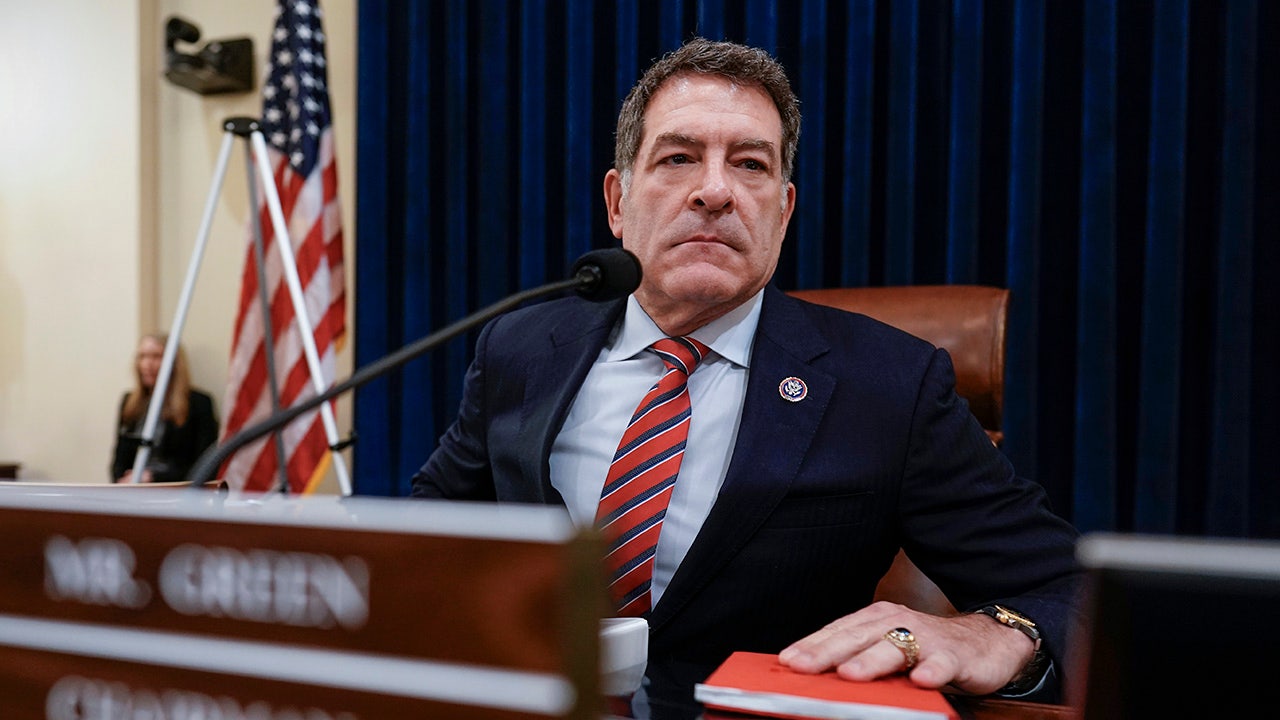Washington, D.C
Design Talk: The Lore Group On Hotel Storytelling

Carved out of Washington DC’s former Riggs National Bank, in the city’s Penn Quarter, Riggs Washington DC opened in 2020 and is the first hotel in the US for the hospitality company, Lore Group. As well as paying homage to the building’s unique and grand legacy, the hotel also displays flashes of innovative design, inspired by local history and a desire to root guests in a destination. These quirky touches have become features of the group’s property portfolio, which also counts the award-winning Pulitzer Amsterdam, Sea Containers, London and a second Washington property, Lyle, which opened in 2021, under its belt.
Here, the group’s creative director, Jacu Strauss, reveals more about the design process behind the properties, what it means to carve hotels out of historic buildings and how to keep them relevant today.
What is the ethos of Lore Group?
At Lore Group we like to say that we create hotels with stories that last. This is in terms of the design, our teams of people and the context of the hotel within its neighbourhood. We do what is right for each situation, each building and each location, rather than forcing a narrative or a certain style just because it suits us. We ultimately want to create hotels that we – and the local community – are proud of.
Once a former bank – Riggs Washington DC.
(Credit: Riggs Washington D.C)
What makes an historic building just ‘right’ to be reimagined as a hotel?
There are many factors but, for me, it is appreciating the bones, heritage, history and the beauty in the imperfections. Some historic buildings appeal because of their golden age grandeur, such as Riggs Washington DC, while others appeal because of their quirks, such as Pulitzer Amsterdam – which is made up of a collection of 25 historic canal houses. It is important to build on the legacy with a fresh narrative so it feels relevant today. We do not create museums from historic buildings, instead we give them an extended lease of life and add another chapter to their history.
What excited you creatively when you first saw the building that is now Riggs Washington DC?
The location, the architectural features and its legacy as the Riggs National Bank. The heritage of the building is very exciting, as the name ‘Riggs’ is an important one in DC historically. Many visitors still remember this building being used as Riggs National Bank, the Bank of Presidents.
It is an imposing building (included on the National Register of Historic Buildings) that stands prominently in its location on the corner of 900 and F street. It is opposite the world famous Smithsonian Portrait Gallery and a short walk to all of the other phenomenal museums in DC.
They just do not build buildings like that anymore. Riggs is a rare surviving example of a Richardsonian Romanesque style with solid granite construction and grand proportions. I was particularly excited to see what bones had survived in the interior and then look at how we could celebrate all these amazing features, including the Corinthian columns, plaster coffered ceilings, marble floors, two original bank vaults and bronze gates.
The hotel is filled with original architectural details.
(Credit: Riggs Washington D.C)
Tell us about the design story of the hotel?
The story is rooted in the building’s history. It was built in 1891 as the headquarters for Riggs National Bank, known as the Bank of Presidents, due to the number of American Presidents who, along with their families, held accounts there.
I played on the unlikely parallels between the golden age of banking and staying in a hotel. Banks used to be places to socialise and be seen in, but they also provided a place to keep valuable items safe. When thinking about this, I used the phrase ‘a public place for private affairs’. The public areas at Riggs are therefore designed to encourage people to come together, while the guest-rooms represent a safety deposit box – somewhere more private with more personal and sentimental overtones.
What sets it apart from other competitors?
We are a small hotel group and our team are very dedicated and hands-on. We believe in authenticity – what feels right for us and not copying what others are doing. This always resonates well with our guests because it’s truthful, and we include moments of delight without dictating experiences to anyone. Guests and visitors can create their own stories and make their own memories in our hotels, and Riggs is particularly special because of that. I also believe we are particularly sensitive about the neighbourhood and where we are located. We create hotels that local communities can be proud of and which immerse out-of-town visitors into each location.
The grandeur is a snapshot into the building’s former life.
(Credit: Riggs Washington D.C)
What is your favourite space in the hotel and why?
I am particularly fond of the First Lady suites. The White House Historical Association was particularly helpful and inspiring when I moved to DC to do this project. I was given tours of the White House, with emphasis on its interior history and the impact each First Lady had on the design. I was also shown how people entertained at the White House. We have four First Lady Suites. I didn’t just want to recreate their interior styles so instead I interpreted their spirit, passions and quirks in abstract ways. There are multiple pieces or art, furniture and artifacts that I collected from antique and vintage shops. I am a compulsive collector and there is something wonderful about being able to incorporate antiques and art to give them another lease of life and meaning: it is the original way to be sustainable!
What feeling do you want guests to have when staying at Riggs Washington?
The most important feeling is to be delighted by the design but also by the service, atmosphere and offerings. I am in a unique position in my role where I am an architect and designer first, but I also understand how the other pillars are equally important – design alone is not enough. With the right balance you have harmony and I believe guests respond to that because it feels effortless and natural. That is what true hospitality is all about, after all.
Design detail in Café Riggs, the hotel’s restaurant.
(Credit: Riggs Washington D.C)
What do all the Lore Group properties have in common?
They are all unique, yet operated in the same way. We start from scratch and create the story without outside influences or a cookie-cutter style. It is a lot more work because we have to experiment and evaluate constantly what we are doing and why we are doing it. But the results are incredibly rewarding and this approach gives our hotels longevity. There is a lot of focus on the local. This spirit through design and service is what the hotels have in common.
What are a few of your ‘essential must-haves’ when designing a hotel?
A great team who are not afraid to break a few rules and come up with new ones. Hotels are about people and emotions, and it is important for a team to understand and believe in this. A little bit of bravery helps, too, because we do not always do what other hotel groups do. An attitude that allows you to take a step back to make sure what you are doing is right. It is often a pitfall to get caught up in details alone.
A fun and light-hearted approach is a signature of Lore Group properties.
(Credit: Riggs Washington D.C)
Tell us something that is unique about the hotel for guests to discover.
There are strategic moments highlighted or planted throughout the hotel, but this is done in a way not to dictate an experience and it is never too serious. We want our guests to find their own special moment, whether it be a two-storey, giant flower case in Café Riggs, the enormous giant gumball machine near the entrance to Silver Lyan, the collection of all female trophies in the original vault or our minibars that were designed to look like old bank safes.
How does Riggs differ from Lyle?
The neighbourhood, design and stories are very different and we celebrate this. Riggs is in the heart of DC with access to all the great museums and the mall etc. The building itself is all about grandeur. Lyle is in a much more residential area and the building (originally a late Art Deco apartment building) is a lot more intimate in its details, scale, proportions and design palette.
One of the First Lady Suites – the Ida McKinley.
(Credit: Riggs Washington D.C)
What is the aesthetic story at The Lyle?
It reflects its history as an apartment building and, unlike Riggs, the public areas are much more intimate. Lyle has a more residential-feel design-wise, with a much more neutral and calm palette with key pieces not something you would expect in a hotel, such as white upholstery and my own hand-painted art
What is next for the Lore Group?
We love what we do and naturally have ambitions do find more buildings to add to our Lore Group family. But, it needs to be right for us and we are privileged enough to be patient to wait for the right building to find us. I always say hotels are living things which are never quite finished. They evolve and change and we are always working on existing hotels to make sure that we nurture them with new additions, such as the new suites at Pulitzer Amsterdam, room updates or adding a spa.

Washington, D.C
Juneteenth Awards Reception to Honor DC Black Business Leaders

GWBCC honors leaders in Black entrepreneurship and community building
The Greater Washington DC Black Chamber of Commerce (GWBCC) will host its Juneteenth Awards Reception on June 30 to honor entrepreneurs for their efforts to sustain, build, and inform communities. The event will recognize Kristina Noell, Amanda Stephenson, Yusef Henriques, and others for their contributions to the economic and cultural fabric of the greater Washington region. The event is part of the chamber’s Art of Black Business series, which aims to support and recognize Black entrepreneurs.
The Greater Washington DC Black Chamber of Commerce (GWBCC) will host its Juneteenth Awards Reception on June 30. The nonprofit’s mission is to support economic development in the Black community through education, enterprise and entrepreneurship.
“This celebration is more than an awards ceremony — it is a powerful reflection of the role Black businesses play in shaping the economic and cultural fabric of the greater Washington region,” said Aisha Bond, president and CEO of the GWBCC.
Honorees include Kristina Noell, the first African American woman to serve as a Business Improvement District executive director in Washington, D.C.; Amanda Stephenson, founder of the Fresh Food Factory, which combats food deserts in Ward 8; and Yusef Henriques, who launched a genomics startup in D.C. to advance health equity for Indigenous and African diasporic communities. Also recognized are chefs Mac McAlister and Pinkey Reddick, owners of Flavorture; B. Doyle Mitchell Jr., president and CEO of Industrial Bank; and Denise Barnes, owner and publisher of The Washington Informer.
The awards reception is a featured event in the chamber’s Art of Black Business series, which honors entrepreneurs for their efforts to sustain, build and inform communities.
The Capital Workforce Innovation Consortium, a program of the Department of Employment Services, and BuildWithin will also be recognized as the Business Partnerships of the Year. Held in the spirit of Juneteenth, the event is not only a moment of recognition but also a call to continue investing in Black entrepreneurship.
“Juneteenth reminds us of the legacy of our past, while the achievements of these honorees inspire our future,” Bond said.
Washington, D.C
OKC Thunder trades Dillon Jones, 2029 second-round pick to Washington Wizards

The OKC Thunder announced Saturday night that it traded Dillon Jones and a 2029 second-round pick (via Houston) to the Washington Wizards in exchange for Colby Jones, who was immediately waived.
OKC traded five second-round picks to the New York Knicks for the draft rights to Dillon Jones (No. 26) in 2024. The 23-year-old forward just completed his rookie season with averages of 2.5 points, 2.2 rebounds and 1.1 assists in 54 games.
Roster spots are becoming harder to earn on the NBA champion Thunder, which is set to bring back all of its rotational players. It also selected Thomas Sorber (No. 15 overall) and Brooks Barnhizer (No. 44 overall) in the 2025 NBA Draft.
Dillon Jones is entering Year 2 of a four-year, $13.5 million contract. Colby Jones is set to make $2.2 million this upcoming season with a team option for the 2026-27 campaign, which essentially means he’s on an expiring contract. OKC took the shorter deal of the two at the cost of a future second-round pick.
OKC moved $9.5 million under the luxury tax with the trade, according to Spotrac contributor Keith Smith. It also freed up a roster spot, which it’ll use on Sorber. Barnhizer will be on one of OKC’s three two-way contracts, according to ESPN’s Jonathan Givony.
Pre-order our new book on Thunder’s run to NBA title
Justin Martinez covers sports for The Oklahoman. Have a story idea for Justin? He can be reached at jmartinez@oklahoman.com or on X/Twitter at @Justintohoops. Sign up for the Thunder Sports Minute newsletter to access more NBA coverage. Support Justin’s work and that of other Oklahoman journalists by purchasing a digital subscription today at subscribe.oklahoman.com.
Washington, D.C
Anti-Iran war protest in Washington, DC today? Here’s what we know about national march

Following President Donald Trump announced US airstrikes on Iran, a coalition of anti-war, Iranian, and Palestinian organisations came together to call for a national protest in Washington, D.C. on Saturday, June 28. But with a ceasefire now in place, organizers have announced that the mass mobilization is being suspended for now.
While the march has been postponed, the organizers have said they are on high alert and will remobilize if the conflict escalates again.
What did protesters demand?
The national march was meant to gain national attention in light of tensions looming large in the Middle East. Protesters were set to demand an immediate cessation of US military action against Iran and an end to US support for Israel’s military operation. Many feared the bombing was a misguided aggression that could escalate into a larger and deadlier war.
Also Read: Large barricades erected around White House and Treasury? Video sparks speculation
Who was behind the ‘Stop the war’ protest?
The protest was being organized by the ANSWER Coalition, National Iranian-American Council, Palestinian Youth Movement, The People’s Forum, CODEPINK, Democratic Socialists of America among many other organizations.
The coalition was calling for a massive turnout to deliver a clear message to the White House: Stop the war before it spreads.
However, videos on social media show construction crews erecting large anti-scale barricades around the White House and the US Treasury building. Netizens suggest the barricades and security could be related to July 4 celebrations; others speculate about the National March protest.
Donald Trump announced ceasefire
Trump announced the ceasefire between Israel and Iran on Truth Social. “CONGRATULATIONS TO EVERYONE! It has been fully agreed by and between Israel and Iran that there will be a Complete and Total CEASEFIRE (in approximately 6 hours from now, when Israel and Iran have wound down and completed their in progress, final missions!), for 12 hours, at which point the War will be considered, ENDED! Officially, Iran will start the CEASEFIRE and, upon the 12th Hour, Israel will start the CEASEFIRE and, upon the 24th Hour, an Official END to THE 12 DAY WAR will be saluted by the World.”
“During each CEASEFIRE, the other side will remain PEACEFUL and RESPECTFUL. On the assumption that everything works as it should, which it will, I would like to congratulate both Countries, Israel and Iran, on having the Stamina, Courage, and Intelligence to end, what should be called, “THE 12 DAY WAR.” This is a War that could have gone on for years, and destroyed the entire Middle East, but it didn’t, and never will! God bless Israel, God bless Iran, God bless the Middle East, God bless the United States of America, and GOD BLESS THE WORLD!” Trump added.
-

 Health1 week ago
Health1 week agoHeart attack deaths have plummeted in US, but new cardiovascular threats emerge
-

 World1 week ago
World1 week agoVietnam ends death penalty for crimes against the state, bribery, drugs
-

 Lifestyle1 week ago
Lifestyle1 week ago6 new books out this week, including true stories of trailblazers
-

 Politics1 week ago
Politics1 week agoTrump slams Bibi over ceasefire violations, denounces cable channels over skepticism
-

 Politics1 week ago
Politics1 week agoWhite House drops 'Daddy's Home' meme after viral NATO summit moment
-

 News1 week ago
News1 week agoEarly intel assessment says Iran's nuclear program was only set back 'a few months'
-

 Health1 week ago
Health1 week agoLizzo Reveals the Diet Change That Helped Her Lose Weight Without Ozempic
-

 Business1 week ago
Business1 week agoIn-N-Out sues YouTuber over fake employee prank video




















